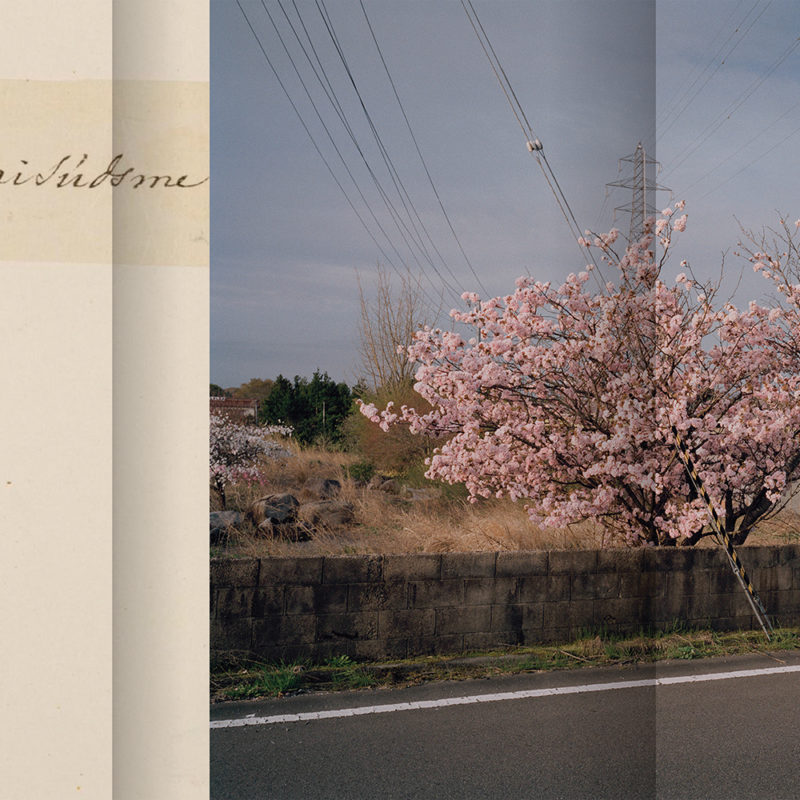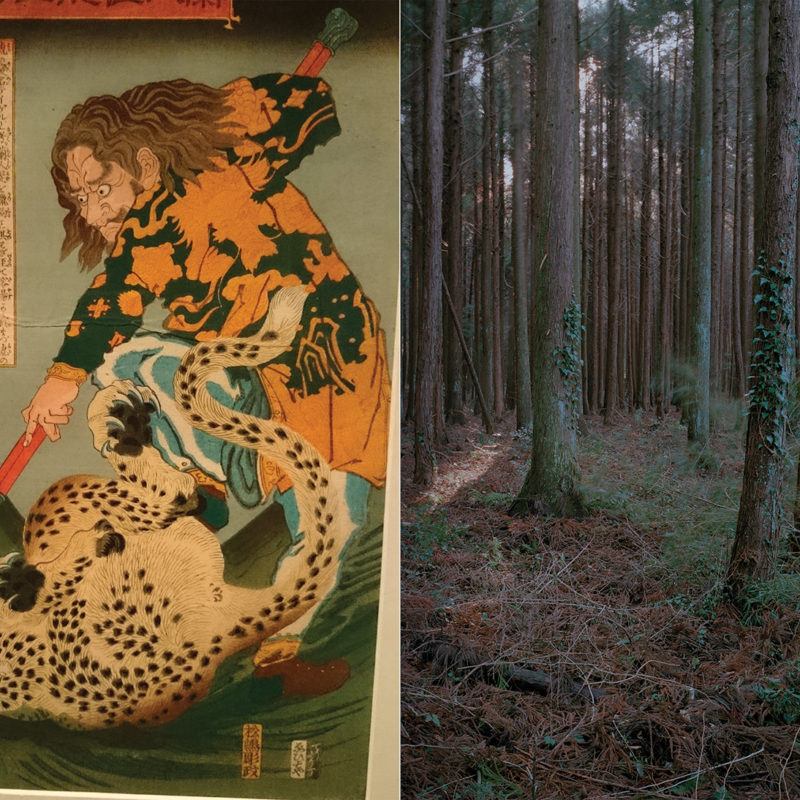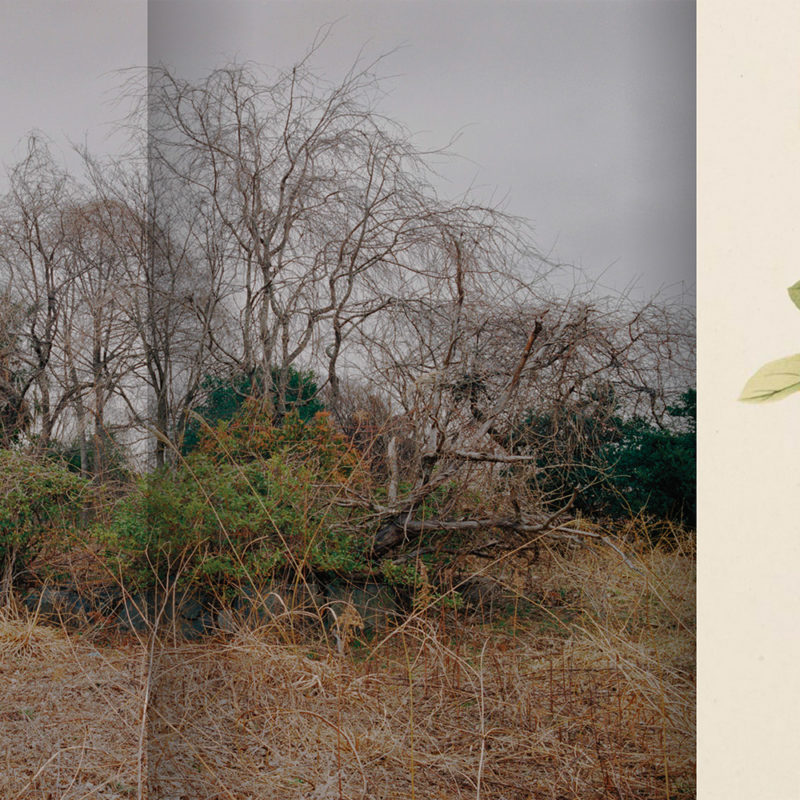Antoinette de Jong and Robert Knoth, Tree and Soil (2011–2018)
Tree and Soil addresses the relationship between humans and nature. Robert Knoth and Antoinette de Jong undertook multiple trips to Japan following the tsunami and nuclear disaster of 2011. In the deserted landscape around Fukushima, at times they felt like archaeologists from the future: trying to understand what happened in a distant past when a mysterious force resulted in the evacuation of villages, buildings, fields, and forests, and only a residue of human presence was left behind.
Two centuries earlier, the medical doctor, scientist, and naturalist Franz Philip von Siebold gathered artefacts, plant and animal specimens, block print images, and paintings in Japan. His collection illustrates how Japanese culture is deeply rooted in and inspired by nature. Siebold’s work is exemplary of the “Age of Exploration” in which explorers travelled the globe to discover and uncover the secrets of the natural world and all its treasures for the use and benefit of humankind.
This age can be seen as a prequel to “the Anthropocene”, starting roughly in the mid-20th century, during which Planet Earth has been profoundly changed by human activity: plastic pollution, radioactive contamination, rising CO2 emissions, deforestation, and mass extinction of animal and plant species.
Distinctly present in Japanese visual storytelling is the recurring theme of natural disasters like tsunamis, proving time and again that nature’s forces are all powerful, despite human attempts to tame them. In Fukushima the story comes full circle: here the impact of a natural force is exacerbated by the uncontrollable forces created by humans: nuclear power. The ties between humans and nature are severed, and a vast area where generations raised their families has become inaccessible.
The work of Antoinette de Jong (b. 1964, NL) and Robert Knoth (b. 1963, NL) is characterised by an autonomous, modern approach with a focus on long-term documentaries that attempt to uncover the complexity of various socioeconomic or political topics and their impact on the lives of “ordinary” individuals. In the resulting work, Knoth and de Jong seek ways to merge the hyperrealism of documentary with the abstract qualities of art and literature.
For two decades, De Jong and Knoth have covered numerous conflicts through background stories and reportages for various international media. Their projects have been exhibited worldwide; they have published a number of books and received awards from World Press Photo and the Deutscher Fotobuchpreis.
Place:
Manggha Museum of Japanese Art and Technology
ul. Marii Konopnickiej 26
EXHIBITION OPEN:
26.05–24.06.2018
Tue–Sun 10 a.m.–6 p.m.
Closed: 9.06
TICKETS:
Free admission





